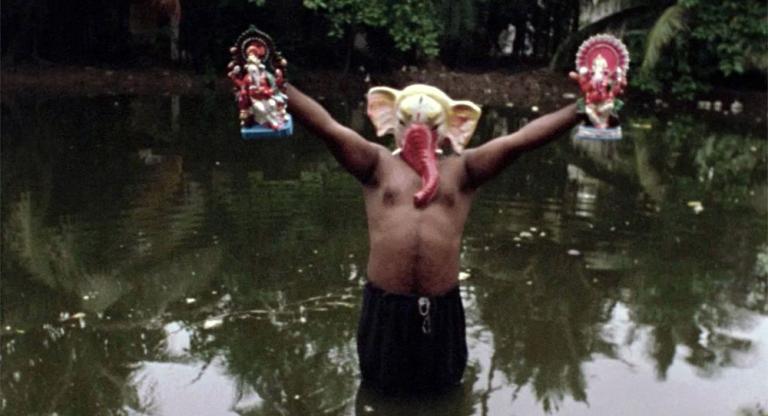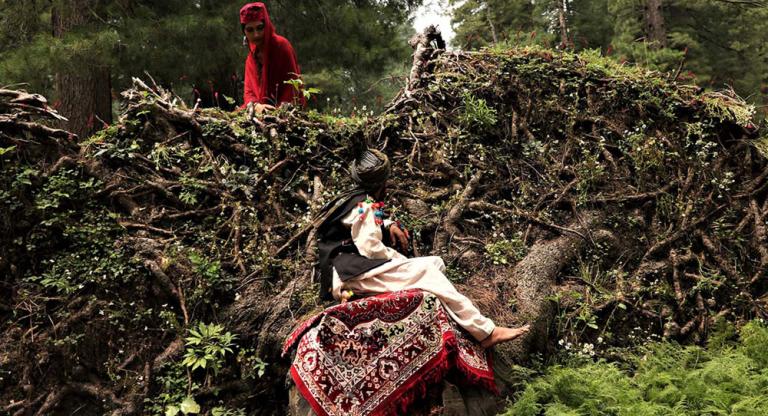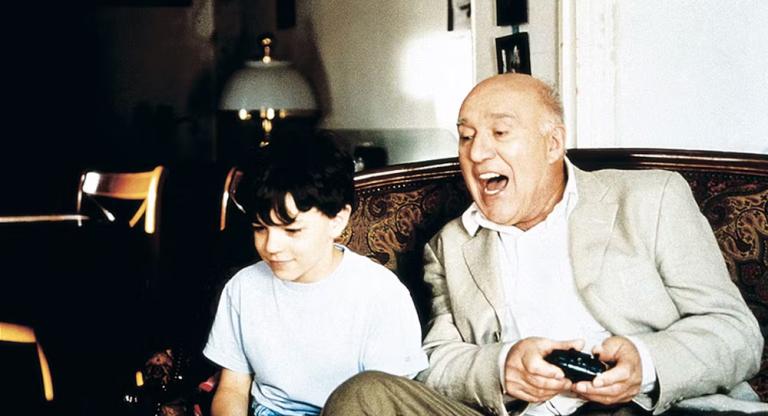The Iranian avant-garde filmmaker Shahram Mokri's Careless Crime (2020) opens in a movie theater that is being readied to screen an eponymous film, also directed by Mokri. Thirty minutes in, when the screening begins, the camera zooms in on the projected image until it fills up the frame, the subset becoming one with its superset: three soldiers are stranded in the countryside with an unearthed, unexploded missile. This film-within-a-film structure calls to mind the meta-cinema of Mokri's Iranian predecessors, including Abbas Kiarostami’s The Koker Trilogy (1987–1994) and Mohsen Makhmalbaf’s A Moment of Innocence (1996).
Mokri manipulates temporality and spatiality, jumping out of the screening to several characters in and around the cinema complex and to the plot of four arsonists conspiring to burn down a theater. Mokri and his co-writer Nasim Ahmadpour fragment the narrative into multiple tracks that leapfrog each other and occasionally converge within a semi-coherent space-time maze. This leads to instances of intersection, in which scenes are repeated but with altered framing and composition. Although these experiments may seem indulgent at times, their ingenuity comes to the fore as the film progresses.
Careless Crime takes its inspiration from a 1978 incident at Cinema Rex, in the Iranian oil refinery city of Abadan, which was set ablaze and its exit doors barred, resulting in the deaths of hundreds of people inside. There were conflicting accusations as to the identity of the perpetrators, and the attack, on the anniversary of the 1953 CIA-orchestrated coup d’etat, precipitated a dramatic escalation of anti-Shah protests that would culminate in the Iranian Revolution and the installation of Ayatollah Khomeini as Supreme Leader. The film being screened during the fire was Masoud Kimiai’s The Deer (1974), an implicit indictment of the consequences of the Shah’s ongoing White Revolution. Mokri cleverly plugs in footage from The Deer, creating a film within a film within a film. The single-shot scene preceding this segment plays out in a confusing time loop, to reveal its importance only later.
Mokri and his cinematographer Alireza Barazandeh construct the two primary narrative tracks of Careless Crime with different color tonalities. In the film within the film, stable shots depict the army personnel. The sequences involving the arsonists have been filmed guerrilla style, the shaky hand-held shots and ominous score contributing to a thoroughly unsettling mood. With its indeterminate ending, Careless Crime isn't so much about whether or not history will repeat itself. Instead, Mokri prompts an interrogation of our self-absorbed attitude, which can assume catastrophic proportions in a moment of urgency. His cinema attempts to blow away our mental cobwebs, demanding total attention.
Careless Crime screens through March 3 at BAM as part of the series “The Films of Shahram Mokri.”





